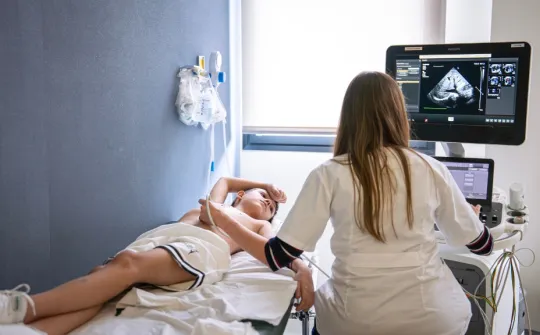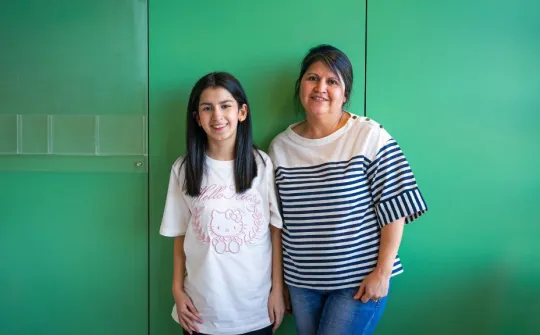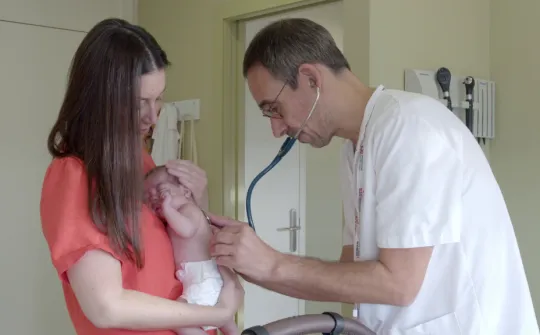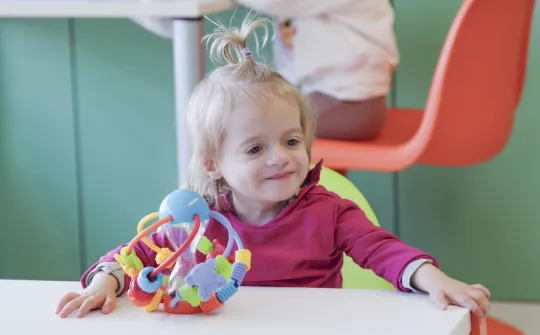“This maxillofacial surgery technique will be the standard in most countries in the medium term”
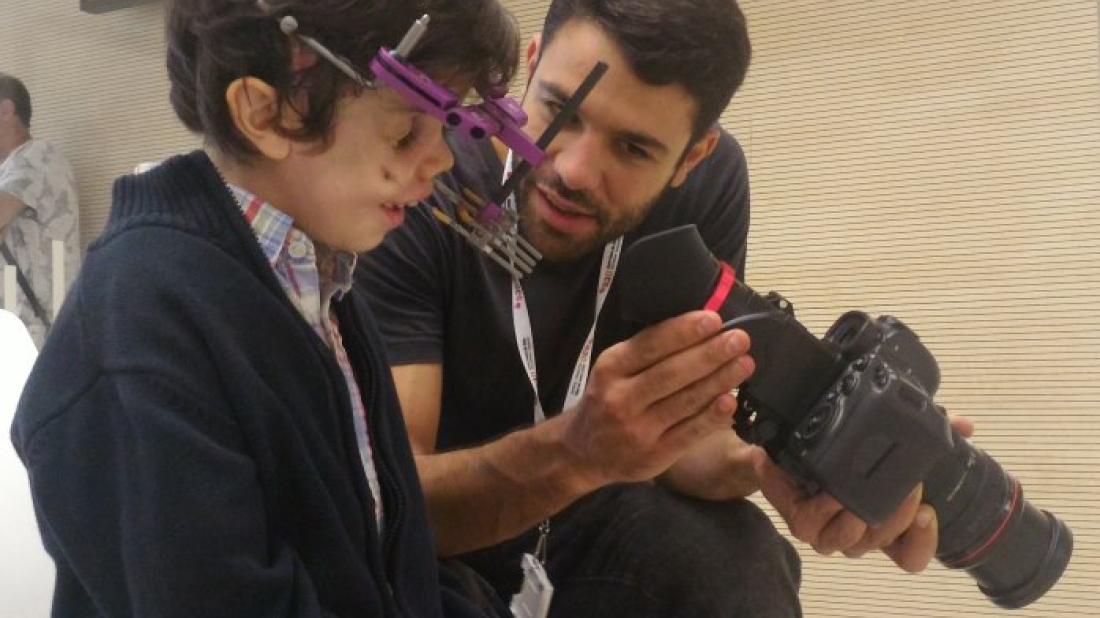
Maxillofacial surgeon, Josep Rubio, explains how surgery planned with 3D technology was performed for a case of Pfeiffer syndrome
As in most visits, Alejandro arrives with his mother and his inseparable grandmother. He’s shy, but he’s not afraid of visits to the doctor. He has been suffering from a cranial malformation, called Pfeiffer syndrome, since birth. It causes alterations in the upper third of the face, causing problems in the mouth, eyes, nose and even the ears. The 10-year-old boy has undergone more than 20 procedures since the first months of his life until now. The most recent one, which was a success, was through the Maxillofacial Surgery Unit at the SJD Barcelona Children's Hospital.
The first surgeries were performed to close the eyelids a little more, and to prevent exophthalmos, or bulging of the eyes caused by his syndrome. He also underwent neurosurgery when he was less than two years old because he was suffering from hydrocephalus due to the characteristics of his skull, which had to be treated. Despite the abnormal formation of the skull, Alejandro does not have cognitive problems.
He has spent part of his childhood making regular visits to SJD Barcelona Children's Hospital, where he has been treated since he was born. The problems the syndrome caused him in his nose meant he had to sleep with mechanical ventilation, since he suffered from respiratory problems and sleep apnea. Alejandro also suffered from eye conditions (in the conjunctiva or the cornea) which could have worsened in time.
The Head of the Maxillofacial Surgery Unit, Josep Rubio, explains that another of the problems that the child suffered from and which made it difficult for him to grow and gain weight was that the palate was higher than usual. In addition, airway problems made it difficult for him to chew and swallow, so he ate mashed food for much of his childhood.
3D planning, a key for high-risk surgery
The child’s growing difficulties made surgery necessary, but the possible complications required coordination of the so-called craniofacial committee, made up of several hospital departments and the 3D Unit. Once Alejandro and his family had been informed, the committee began to prepare for the operation as precisely as possible. For the surgical simulation a CT scan was performed and, with the images obtained in the tests and 3D impression of the child's skull, planning began. Different scenarios were studied, such as the position of the cuts that would be made in the operating room, which bone structures to preserve, the exact position of the distractor device, etc. With this virtual simulation, guides were created to be followed during surgery.
The technique used made it possible to operate on Alejandro with high precision and also to personalise the distractor, the device that was temporarily fixed to some areas of the skull in order to gradually move the facial bones forward after surgery. This device has made possible to correct the shape of Alejandro's skull and make the new bone grow and solidify. After completion of this process, during which the patient was monitored, the distractor can be removed if it had ossified correctly.
Alejandro can finally grow normally. He has discovered sensations such as breathing through his nose and is starting to recognise smells, something impossible until now due to the shape of the skull that obstructed the respiratory tract. He can sleep without artificial ventilation and no longer has apnoea or snores. In terms of food, he has already started to eat soft and solid foods and has gained a couple of kilos in just a few weeks. Dr Rubio, satisfied, adds “Alejandro will be able to lead a normal life, he already wants play football again the following course”.
This technique had not been described before in specialised literature, and we’re in the process of sharing it with the entire scientific community.
Josep Rubio is convinced that this technique will be standard when operating on patients like this in most countries. Alejandro's operation is one of the first cases to have taken place at SJD Barcelona Children's Hospital with 3D planning of the whole process and a specific technique. It was also the first in which a distractor custom-made for the patient was implanted.
